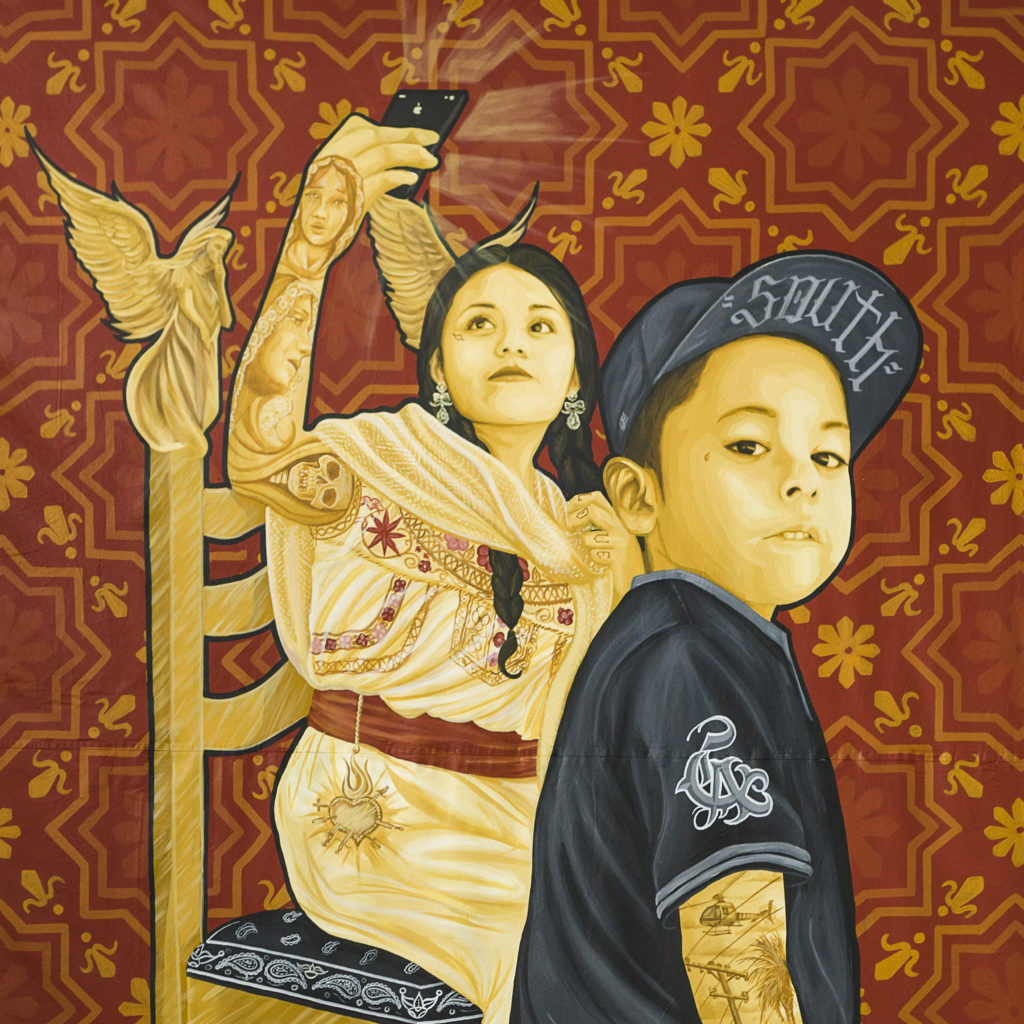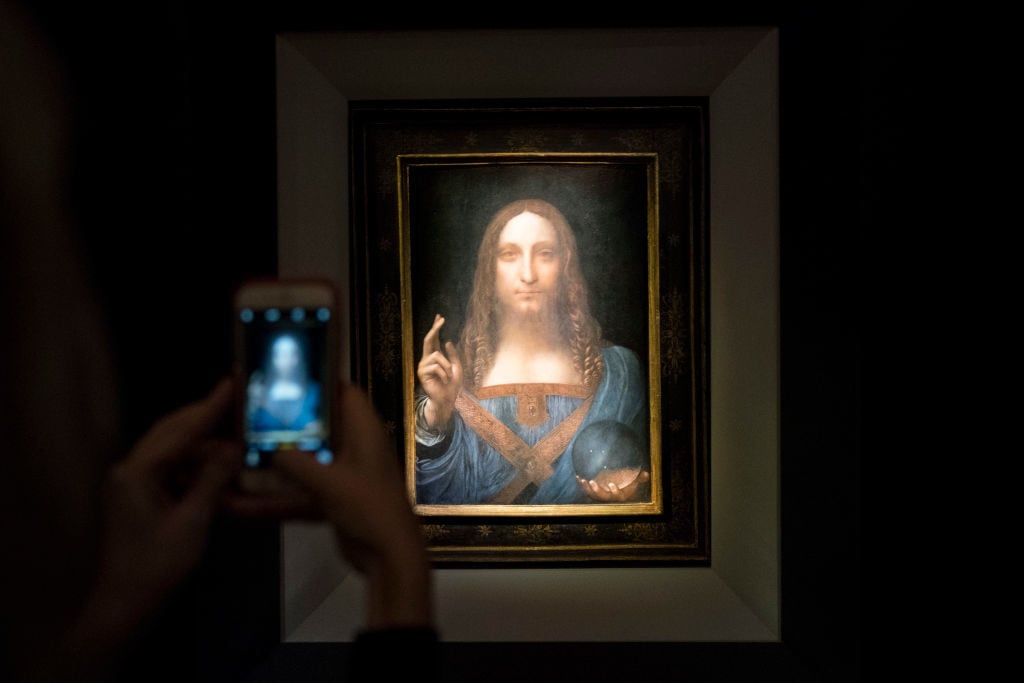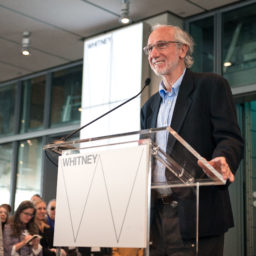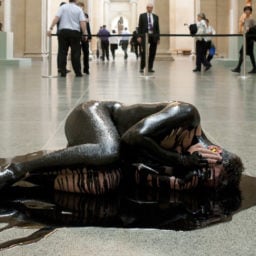Art Industry News is a daily digest of the most consequential developments coming out of the art world and art market. Here’s what you need to know this Thursday, August 30.
NEED-TO-READ
Shell Sponsorship Ends at the Van Gogh Museum – Amsterdam’s Van Gogh Museum and the Mauritshuis in The Hague will no longer receive sponsorship from the oil and gas company Shell. The decision was “mutual,” according to the company, which has supported the Van Gogh Museum for the past 18 years and the Mauritshuis for six. The split comes amid growing criticism of Shell and other oil companies’ support of cultural institutions by environmental advocates. (The Art Newspaper)
Who Will Revitalize the National Gallery of Art? – The director who succeeds Earl “Rusty” Powell III at the National Gallery of Art will have their work cut out for them: The candidate must revitalize the institution, improve staff morale, and belatedly boost the museum’s digital presence. Those rumored to be on the shortlist include Emilie Gordenker, director of the Mauritshuis; Timothy Rub, director of the Philadelphia Museum of Art; and C.D. Dickerson III, the National Gallery’s sculpture and decorative arts curator. Dickerson is said to be the leading candidate—and the one most like Powell. (Washington Post)
An Alternative History for Salvator Mundi – Scholar Jeremy Wood claims that he has discovered new evidence that suggests that Leonardo da Vinci’s famous Salvator Mundi, the most expensive work of art ever sold at auction, may have had a different early history than previously believed. He suspects the painting was owned by a British nobleman in the 17th century, not King Charles I. As experts continue to dig into the mystery, the painting is due to go on view at the Louvre Abu Dhabi next month. (TAN)
Burning Man Installation Closes After Someone Falls Off – Night at the Climb-In by Dustin Weatherford—a towering, 50-foot-tall installation of stacked cars in the middle of the desert—has been removed from Burning Man after a visitor fell off the interactive work. The festival has not commented on the individual’s condition. This year’s festivities in the Black Rock Desert, underway until September 3, are expected to draw 80,000 people. (USA Today)
ART MARKET
Seller Strips the Ivory From Chippendale Furniture – A chest of drawers designed by Thomas Chippendale failed to sell at Christie’s last month after its seller replaced its antique ivory inlay with a plastic filler in order to meet tougher US regulations restricting the sale of ivory. The piece, which broke records when it sold in 1991 for more than $1 million, carried a £5 million ($6.5 million) estimate. (Times)
Did the European Art Trade Start in 4,000 BC? – Archaeologists have discovered evidence that amber was traded across the Mediterranean to make jewelry during the Stone Age. The gold-colored gem was exported from Sicily to Spain and Portugal along sophisticated trade routes, suggesting the European art trade may have started 2,000 years earlier than previously thought. (Daily Mail)
COMINGS & GOINGS
San Jose Contemporary Art Institute Names Curator – California’s San Jose Institute of Contemporary Art has tapped Christine Koppes as its new curator and director of public programs. Koppes was formerly assistant curator at the Bedford Gallery at the Lesher Center for the Arts in Walnut Creek, California. (Artforum)
Dallas Museum of Art Names New Curator – The Dallas Museum has appointed Michelle Rich as its assistant curator of the arts of the Americas. An expert in Maya art, ritual objects, and architecture, Rich has been conducting on-the-ground research in Guatemala since 2003 and currently works at the San Antonio Museum of Art. She begins her new role on September 17. (Press release)
Austrian Photojournalist Erich Lessing Has Died – The Viennese photographer has died at age 95. Lessing documented key moments in Europe’s postwar history, such as the Hungarian Uprising of 1956 and Charles de Gaulle’s 1958 visit to Algeria. (Art Daily)
FOR ART’S SAKE
Hilton Als on Dawoud Bey’s Photography – The Pulitzer Prize-winning critic responds to the work of photographer Dawoud Bey, who won a MacArthur “genius” grant last year. He describes the experience of encountering Bey’s work as a young man at the library in Washington, DC. “It was such a relief, to see works of art made out of real lives,” Als writes. “The pictures named a world he knew, even as he struggled to understand it more.” (The New Yorker)
Renzo Piano Offers Genoa a New Bridge – The Genoa-based architect has offered to design—for free—a bridge to replace the Morandi motorway bridge, which collapsed earlier this month, killing 43 people. Piano has already met with the regional governor to discuss the plan. The architect told reporters: “I can’t think of anything else but that bridge. I have an idea of what the [new] bridge should look like but this is just the start…. The bridge must reflect the tragedy and how it has played out.” (TAN)
Artist Gives Away His Life’s Work – After artist Dale Henry died in 2011, the curator Alanna Heiss—who had worked with him decades earlier, before he fled New York for rural Virginia—learned that he had left his full body of work to her. There was one catch: His will specified that Heiss should either give it all away or destroy it completely. Museums and artists across the country have since ended up with Henry’s work. (ARTnews)
Mexican Muralists Deported From the US – Members of the Oaxacan artist collective Tlacolulokos, whose murals inside the Los Angeles Public Library were a highlight of Pacific Standard Time: LA/LA, were unable to attend the opening or closing events to celebrate their project because their visas were revoked by US authorities. In January, Dario Canul and Cosijoesa Cernas were detained by customs agents at San Francisco International Airport who claimed they should not have been traveling on a tourist visa. Others, however, maintain the deportation was a form of censorship. View a portion of the collective’s work below. (LA Taco, LA Times)

Tlacolulokos’s Smile Now, Cry Later (2017), courtesy of the Los Angeles Public Library.









